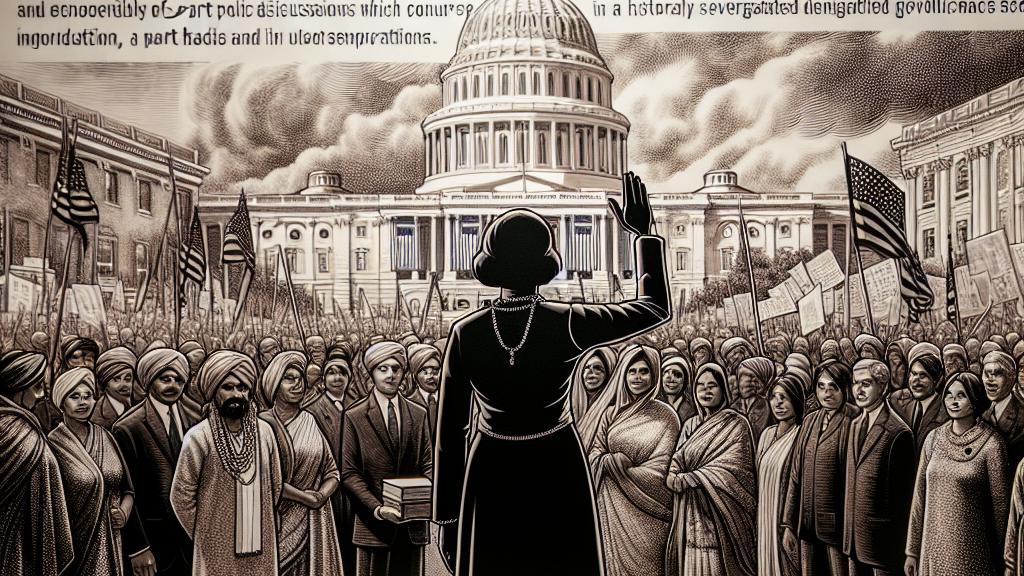The Spectacular Surge of Indo-Americans: From Kamala Harris to Corporate Titans!
Overview
- Explore the rapid rise and influence of Indo-Americans in US politics and business.
- Unpack Kamala Harris’s historic achievements as a groundbreaking leader.
- Analyze the diverse contributions of Indian Americans across various sectors and their impact on society.

A Historic Moment for Indo-Americans
The elevation of Kamala Harris to the vice presidency marks a watershed moment for Indo-Americans, encapsulating their remarkable journey toward representation in the highest levels of American governance. Inaugurated on January 20, 2021, Harris stands as the first female vice president, as well as the first Black woman and person of South Asian descent to occupy this prestigious office. This landmark achievement extends far beyond Harris herself; it symbolizes the collective aspirations and efforts of the Indian-American community, which has increasingly become a potent force in US politics. As she took her oath, her presence echoed the potential for diverse leadership to shape policy discussions and foster inclusion in a historically segregated political landscape. At a time when America grapples with issues of race, identity, and social equity, Harris’s journey serves to inspire future generations and highlights the importance of visibility and representation.
Indo-Americans in Business and Society
The influence of Indo-Americans is profoundly felt across multiple sectors, including technology, healthcare, and the arts. A key report by Indiaspora and the Boston Consulting Group illustrates that despite constituting a mere 1.5% of the US population, Indian Americans hold 10% of physician roles and have founded over 11% of the nation’s unicorn startups, reflecting their exceptional entrepreneurial spirit. Furthermore, a striking 75% of the community members possess at least a bachelor's degree. Their success story is not solely about impressive statistics; it's woven into the everyday fabric of American life where Indian Americans are influencing cultural norms and driving innovation. Renowned figures like Sundar Pichai of Google and Satya Nadella of Microsoft underscore the community’s vital role in steering American technology and business into the future, serving as icons for aspiring entrepreneurs and professionals.
Facing Challenges and Embracing Opportunities
While celebrating these significant accomplishments, it is essential to address the challenges still present within the Indo-American community. For instance, philanthropic efforts surged to $1.5 billion in 2023, yet this sum is comparatively small when viewed against the nation's collective contributions, indicating a need for increased civic engagement. Furthermore, the community must confront socio-economic disparities and focus on fostering greater inclusivity. In navigating these dynamics, Indian Americans have the opportunity to amplify their voices and continue influencing broader conversations within American society. By investing in mentorship programs, community development, and public service, they can not only pave the way for future leaders but also ensure their stories and contributions are recognized as integral components of the American narrative. Ultimately, their trajectory reflects a community committed to resilience, innovation, and unity—essential qualities that will enrich the complicated tapestry of America moving forward.

Loading...